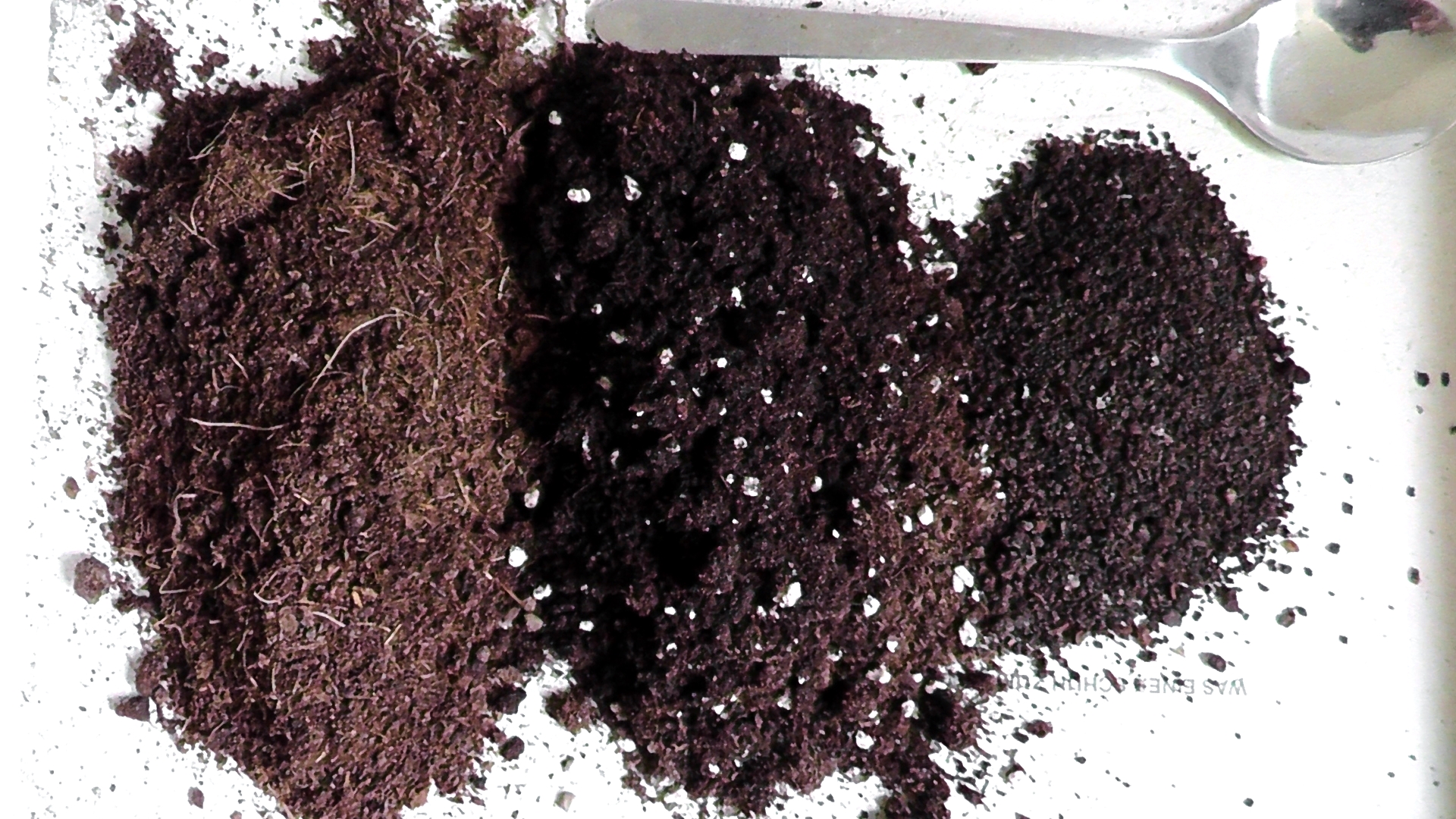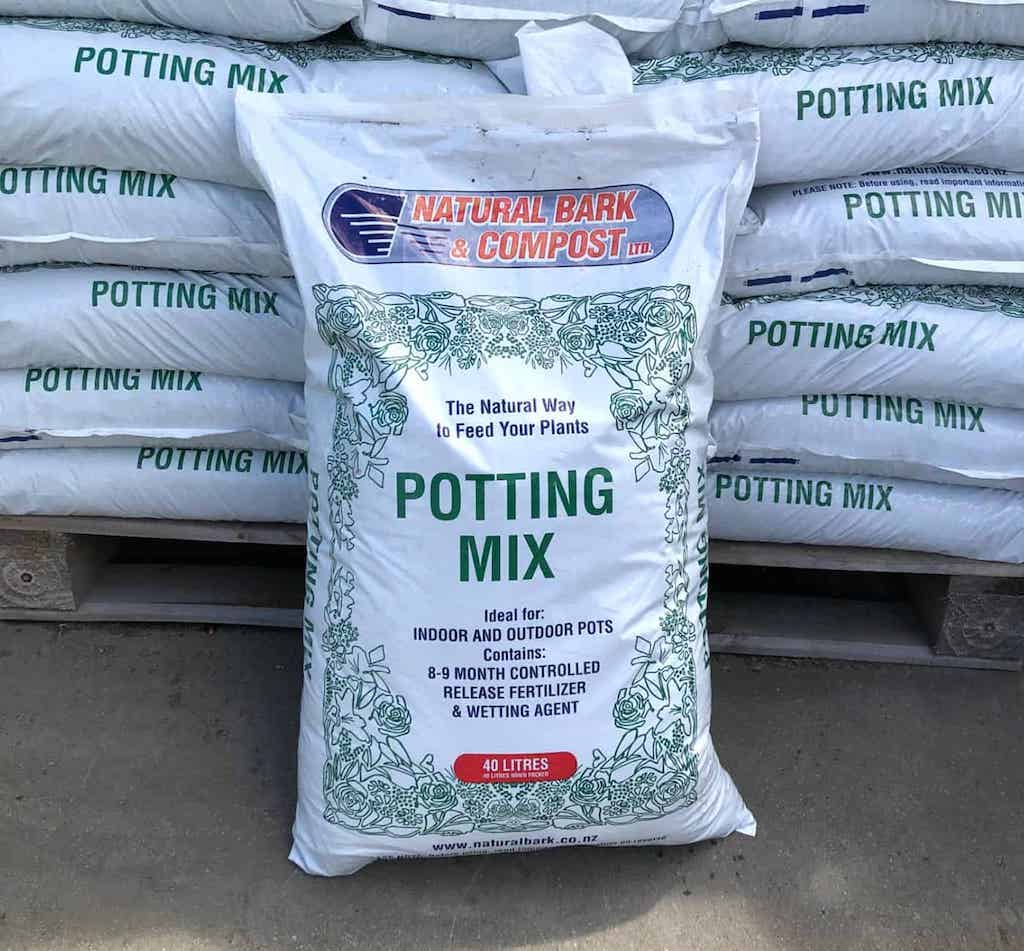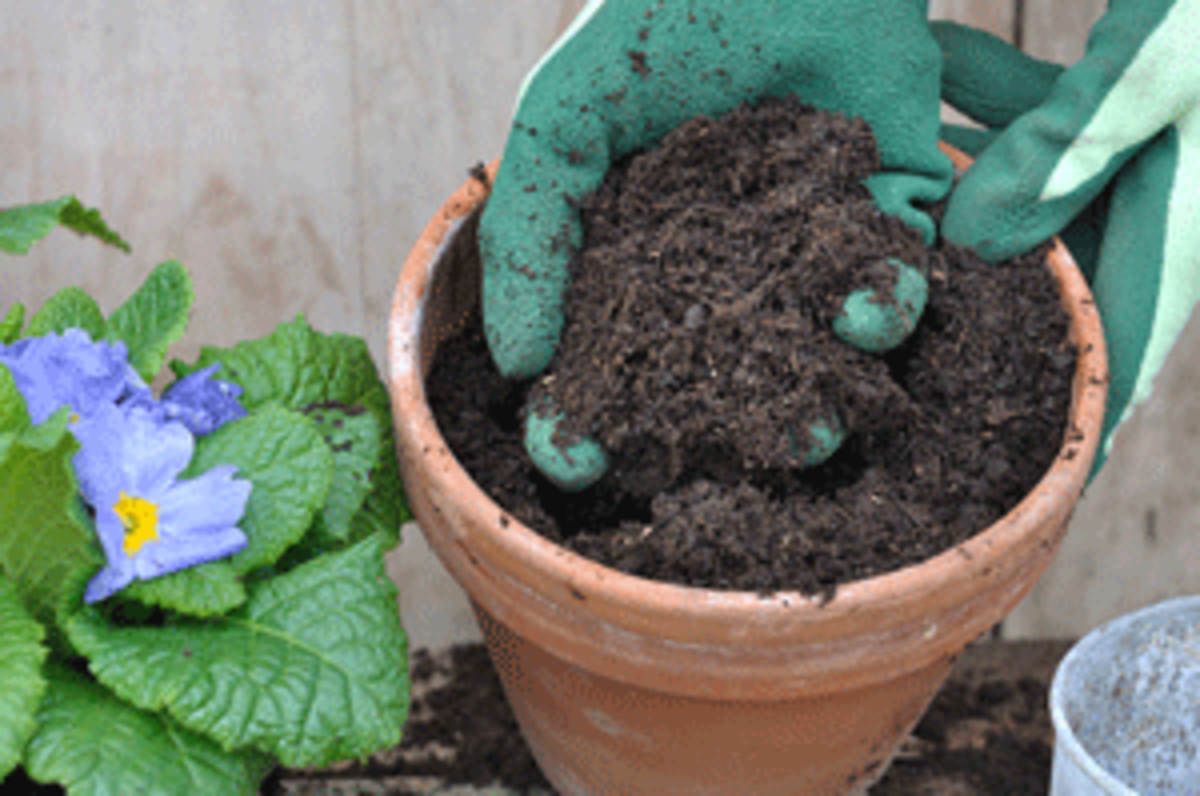When it comes to gardening, your plants are only as good as the soil you put them in. Whether you’re a seasoned green thumb or just trying to keep your basil alive, you’ve likely stumbled upon the great debate: Is potting mix better than compost? It’s a bit like asking whether chocolate is better than vanilla – the answer depends on your taste (or in this case, your plants).
Both potting mix and compost play vital roles in gardening. However, their differences can make one more suitable than the other depending on the task at hand.

Potting mix, sometimes called potting soil, is the go-to medium for container gardening. Unlike regular soil, potting mix is a carefully curated blend of materials designed to give plants the best start in life. While recipes vary, a typical potting mix includes:
- Peat moss: Retains moisture and adds structure.
- Perlite or vermiculite: Improves aeration and drainage.
- Composted bark or coconut coir: Provides organic matter for lightweight bulk.
- Fertilizers: Often pre-added to boost initial plant growth.
What sets potting mix apart is its sterility. It’s free from weeds, pests, and pathogens, giving your plants a disease-free home right from the start. That’s why it’s the perfect choice for delicate seedlings or houseplants.
Benefits of Potting Mix
Potting mix shines when it comes to container gardening, and here’s why:
- Lightweight and Consistent: Unlike garden soil, which can compact and suffocate roots, potting mix stays light and airy. Your plants can spread their roots easily without hitting a concrete-like barrier.
- Excellent Drainage: Nobody likes soggy feet, including your plants. Potting mix ensures water flows through, preventing root rot – a gardener’s worst nightmare.
- Ready-to-Use: It’s as simple as tearing open the bag and pouring it into a pot. No mixing, no measuring, no fuss.
Common Uses of Potting Mix
Potting mix isn’t just for pretty potted plants (though it excels there). It’s also ideal for:
- Seed starting: Give your little seedlings the perfect home to sprout.
- Indoor plants: Houseplants thrive in its controlled environment.
- Hanging baskets: Lightweight materials prevent strain on those hanging pots.
- Specialized needs: Cacti, orchids, and herbs often need tailored potting mixes to match their unique requirements.
When you’re growing plants in containers, potting mix is like the deluxe hotel suite – clean, comfy, and designed for maximum growth potential.

What is Compost?
Definition and Composition
Compost is the superstar of sustainability in gardening. At its core, compost is decomposed organic matter – think kitchen scraps, yard clippings, and other natural materials. It’s like a buffet of nutrients for your soil, created by microorganisms breaking everything down into rich, dark humus.
A typical compost pile includes:
- Green materials: Fruit peels, vegetable scraps, coffee grounds (rich in nitrogen).
- Brown materials: Dried leaves, cardboard, and twigs (rich in carbon).
- Water: A little moisture to keep the decomposition party going.
- Air: Oxygen allows aerobic bacteria to thrive and speed up the process.
Compost is sometimes called “black gold” for good reason – it’s incredibly nutrient-rich and works wonders to improve soil health. Unlike potting mix, compost isn’t sterile, and that’s part of its charm! It teems with beneficial microbes that enrich your soil over time.
Benefits of Compost
Compost’s biggest bragging right? It’s as natural as it gets. Here’s why it’s a game-changer:
- Nutrient-Rich: Packed with essential nutrients like nitrogen, phosphorus, and potassium. Your plants will thank you.
- Improves Soil Structure: Compost binds soil particles, creating a crumbly texture that promotes airflow and water retention. Perfect for heavy clay or sandy soils.
- Sustainable and Eco-Friendly: Reduces landfill waste by recycling organic materials. A win for your garden and the planet.
- Supports Microbial Life: Compost is a breeding ground for beneficial microorganisms, which can help fend off plant diseases and improve nutrient uptake.
Common Uses of Compost
Compost is the Swiss Army knife of soil amendments, and here’s how you can use it:
- Soil Amendment: Mix it into garden beds to boost fertility.
- Top-Dressing: Sprinkle around trees, shrubs, or perennials to act as a slow-release fertilizer.
- Compost Tea: Soak compost in water to create a nutrient-rich liquid fertilizer.
- Lawn Care: Spread it thinly over your lawn to improve grass growth.
- Vegetable Gardens: Ideal for growing fruits and veggies because it provides consistent nutrients.
In short, compost is the backbone of a healthy garden. It builds up soil over time, making it a long-term investment in your plants’ success.

Key Differences Between Potting Mix and Compost
Understanding the distinctions between potting mix and compost is crucial for making the right choice for your plants. While both are valuable, they serve very different purposes. Let’s break it down.
Composition
The first major difference lies in what each is made of:
- Potting Mix: A manufactured blend of materials like peat moss, vermiculite, and sometimes fertilizers. It’s often sterilized to eliminate pests and pathogens, making it perfect for controlled environments like containers.
- Compost: Completely organic and natural, compost is made by decomposing kitchen scraps, yard waste, and other organic matter. It’s nutrient-dense but unsterilized, meaning it contains beneficial microorganisms as well as potential weed seeds or pathogens if not properly managed.
Potting mix is clean and precise, while compost is rich and raw.
Use Cases
When to Use Potting Mix:
- Ideal for container gardening where precise control is needed.
- Perfect for houseplants that can’t tolerate garden pests or overly dense soil.
- Great for starting seeds due to its sterile, lightweight structure.
When to Use Compost:
- Best for enriching outdoor garden beds.
- Suitable for lawns, shrubs, and vegetables where soil improvement is needed.
- Works as a top-dressing to provide slow-release nutrients.
Pro Tip: If you’re planting in pots, potting mix is the way to go. But if you’re looking to improve garden soil or feed a vegetable patch, compost should be your weapon of choice.
Maintenance and Longevity
Another major difference is how long they last and how much care they require:
- Potting Mix: Generally ready-to-use and easy to maintain. However, over time, it can degrade, compact, and lose nutrients. Plants may require fertilization after a few months.
- Compost: Acts as a slow-release fertilizer and soil conditioner. Its benefits accumulate over time, improving soil health year after year. However, making compost at home requires patience and regular attention.
Potting mix offers convenience but requires replenishment, while compost is a long-term investment in soil health.
A Quick Comparison Table
| Feature | Potting Mix | Compost |
|---|---|---|
| Composition | Sterilized mix, often synthetic | Decomposed organic matter |
| Best For | Container gardening, houseplants | Garden beds, lawns, vegetable gardens |
| Nutrient Content | Limited (may need fertilizers) | High, with a slow-release effect |
| Sterility | Sterile | Non-sterile, teeming with microbes |
| Longevity | Short-term | Long-term soil health benefits |
| Cost | Higher | Lower (if homemade) |
By now, it’s clear that neither is inherently “better” – it’s all about the context. Use the tool that matches your plants’ needs, and they’ll reward you with lush growth and bountiful blooms.

Factors to Consider When Choosing Potting Mix or Compost
Deciding between potting mix and compost can feel like choosing between pizza and tacos – both are amazing, but the choice depends on the situation. To make the decision easier, let’s explore the key factors that will help you determine whether potting mix or compost is better suited for your gardening needs.
Plant Type
Different plants have unique requirements, and understanding these needs is the first step in making the right choice.
- For Container Plants: Potting mix is the clear winner here. Its lightweight and well-draining properties make it ideal for pots and planters. Delicate houseplants and flowering annuals thrive in its controlled environment.
- For Outdoor Gardens: Compost is the go-to for outdoor gardens. Vegetables, perennials, and shrubs benefit immensely from the nutrient-rich and soil-improving properties of compost.
Quick Tip: If you’re unsure, consider the root system. Shallow-rooted plants do well in potting mix, while deep-rooted plants love the extra nutrients in compost.
Gardening Goals
What are you trying to achieve in your garden? Your objectives will heavily influence your choice.
- Maximizing Growth in Pots: Potting mix provides an optimized growing environment for container plants. Its consistent texture ensures roots get the right mix of air, water, and nutrients.
- Improving Soil Health: Compost excels at this. It’s not just a fertilizer; it’s a soil conditioner that improves structure, increases moisture retention, and encourages beneficial microorganisms.
Pro Insight: If you’re looking for a quick-growing season with annuals in pots, go for potting mix. If your goal is long-term soil health for a vegetable garden, compost is unbeatable.
Environmental Factors
Your local environment plays a huge role in the success of your plants, and the right growing medium can make all the difference.
- Climate: In dry climates, compost’s water-retention properties can help soil stay moist longer. In contrast, potting mix’s drainage is ideal for wet climates, where excess water might cause root rot.
- Soil Quality: Poor, sandy, or clay-heavy garden soil benefits greatly from compost, which helps bind sandy soils and aerates dense clay soils. Potting mix, on the other hand, is already optimized and doesn’t rely on existing soil conditions.
Budget
Your wallet matters, too! Here’s a breakdown of costs:
- Potting Mix: Typically more expensive, especially if you’re buying large amounts for container gardening. Premium blends or specialty mixes can add to the cost.
- Compost: Budget-friendly, especially if you make your own at home using kitchen scraps and yard waste. Even store-bought compost is cheaper than most potting mixes.
Pro Tip: If cost is a concern, consider mixing a bit of compost with garden soil for a budget-friendly alternative to potting mix.
Convenience and Availability
- Potting Mix: A no-fuss option that’s readily available in garden centers and requires no preparation. Perfect if you’re short on time or expertise.
- Compost: Making compost at home can be highly rewarding but requires space, time, and attention. Store-bought compost is easy to find but may vary in quality.
Sustainability
If environmental impact is a priority, consider the following:
- Potting Mix: Often contains peat moss, which is a non-renewable resource. Some brands are moving toward more sustainable ingredients like coconut coir.
- Compost: A superstar in sustainability. It reduces food waste, improves soil, and can be created at home with zero environmental impact.
Choosing between potting mix and compost isn’t about picking the “better” option – it’s about matching the right medium to your plants, goals, and environment. Whether you’re nurturing delicate orchids or revitalizing a tired vegetable patch, understanding these factors will help you make the most informed decision.
![[answered] everything you need to know about potting soil for your [answered] everything you need to know about potting soil for your](https://www.myalmostgreenthumb.com/wp-content/uploads/2022/10/Is-Potting-Mix-Better-Than-Potting-Soil-683x1024.png)
Can You Use Potting Mix and Compost Together?
If you’ve been wondering whether you can combine the powers of potting mix and compost, the answer is a resounding yes! In fact, mixing the two can create a perfect balance of nutrients, structure, and drainage that your plants will absolutely love. Let’s explore why combining potting mix and compost can be a game-changer for your garden.
Benefits of Combining Them
- Balanced Nutrients: Potting mix provides an ideal structure but often lacks the nutrients plants need for long-term growth. Compost, on the other hand, is nutrient-rich and acts as a slow-release fertilizer. Together, they form a powerhouse medium that supports both immediate and sustained plant health.
- Enhanced Soil Structure: While potting mix offers excellent aeration and drainage, compost improves water retention and adds organic matter. Combining them creates a medium that retains moisture without becoming waterlogged – a delicate balance your plants will appreciate.
- Boosts Microbial Activity: Compost is teeming with beneficial microbes that help break down organic matter and release nutrients into the soil. Mixing it with potting mix introduces these microbes, improving the overall health of the growing medium.
- Cost-Effective: Adding compost to potting mix stretches the life and quantity of your potting mix, reducing costs while still providing top-notch soil quality.
Ideal Ratios for Mixing
The ratio of potting mix to compost depends on what you’re growing and where you’re growing it. Here are some general guidelines:
- For Containers: Use a 70:30 ratio of potting mix to compost. This ensures good drainage while adding a nutrient boost.
- For Raised Garden Beds: Mix 50:50 if you’re using the blend to fill a raised bed. The compost adds nutrients, and the potting mix ensures a consistent texture.
- For Seed Starting: Stick to a 90:10 ratio. Too much compost can retain excess moisture, which may cause damping-off disease in seedlings.
When to Avoid Combining Them
While potting mix and compost work well together in most situations, there are exceptions:
- Specialized Potting Mixes: If you’re using a specialized mix (e.g., cactus or orchid mix), adding compost may alter the drainage and texture, which these plants need to thrive.
- Seedlings: Young seedlings are sensitive and thrive in a sterile environment. Compost introduces microorganisms that, while beneficial for mature plants, may pose a risk to delicate seedlings.
How to Combine Potting Mix and Compost
Creating a perfect blend is simple and requires just a few steps:
- Prepare the Ingredients: Start with a high-quality potting mix and well-aged compost. Avoid fresh compost, as it can be too “hot” (high in nutrients) and may burn plant roots.
- Mix Thoroughly: Use a large container or tarp to combine the two. Ensure the compost is evenly distributed to avoid pockets of excess nutrients.
- Test and Adjust: Add water to the mixture and observe its drainage. Adjust the proportions if necessary to achieve the desired texture and moisture retention.
Combining potting mix and compost is like having the best of both worlds. Potting mix brings structure and consistency, while compost provides the nutrients and life your plants need to thrive. For most gardening scenarios, this blend is a recipe for success. Just remember to adjust the ratios based on your specific needs, and your plants will flourish like never before!